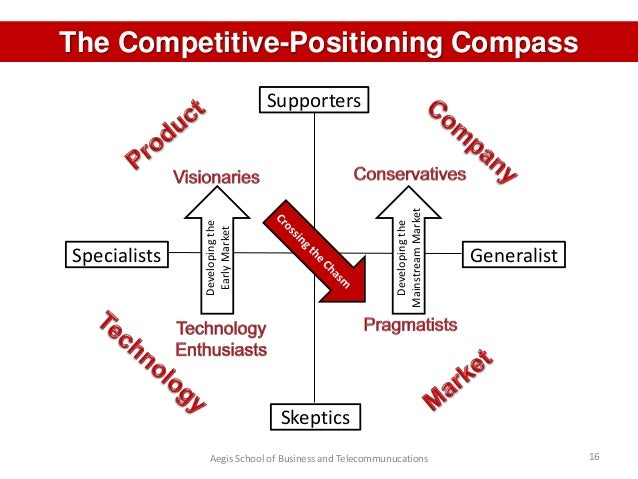Technology Adoption Curve
| Figure 1. Without the Gaps. |
Many times the technology adoption life cycle is presented as in Figure 1. Certain percentage of people (statistically) belongs to each of these groups. Only a very few belong to Innovators. Together with Early Adopters they make the early market. Early and Late Majority make 2/3 of the total sum. They form the Mainstream Market. And finally about one sixth belongs to the Laggards.
But actually this Bell curve isn't continuous. There are bigger and smaller gaps between the groups and that's where the interesting part begins. All the gaps have significance, and you need to change your approach when dealing with different groups, but the most significant gap is between Early Adopters and and Early Majority. That's why it has deserved the name Chasm.
| Figure 2. The Chasm between Early and Late Market. |
One thing that separates the different groups is that they are looking for different gains. And thus they cannot be used as references for the other groups. In the following I'll try to summarize what are the minimum requirements to make buying easy for the target groups. Figure 3 also contains information about in which order your company should focus on the different topics (Technology -> Product -> Market -> Company).
Innovators are interested in technology just for its sake. They are constantly looking for new things. Most probably you don't find them, they find you. They are willing to accept even buggy product, but they want it to be something totally new.
How to make buying easy: They want to be able to name it and understand what category it belongs to.
Visionaries (or Early Adopters) aren't as technology oriented. What they want is a big performance boost. Something that has not yet become mainstream and they can truly exploit before it becomes common knowledge. Usually Visionaries are career rockets and not people who are looking into spending the rest of their career in their current company and position.
How to make buying easy: They want to know who is going to use it and for what purpose.
Pragmatists are not looking for such big performance boosts. They want the new thing to replace something existing and doing that in a slightly better way. When they look for references, they want to see other Pragmatists. They are not willing to weed out any bugs, they want the product to simply work. Pragmatists and people in the late market want to support and buy from the market leader. They don't want to back up someone who might be going out of business.
How to make buying easy: They want to see competition and want to buy from the market leader.
Conservatives or the Late Majority will wait until they need to get that new thing. When they cannot do business anymore without that certain something. Usually they aren't that interested in technology. They might even be a little afraid of it. They will tolerate technology when they don't need to think about it.
How to make buying easy: They want to buy from an established company that can stay in the game also in the future.
Laggards aren't usually buying. But they can try to intercept your sales attempts. Try not to give any fuel for their fire!
 |
| Figure 3. Competitive Positioning Compass. |
Whole Product
When you sell the product, the customer will form a mental image of it. Your sales promise most probably doesn't include everything your customer is expecting but you will none the less need to fill these expectations. In the below figures Generic Product represents the product as you have it. To be able to penetrate the mass market, the product must be supplemented with many other things and services. Only thus can it become a total solution, or in other words, the Whole Product.
This was only a short recap of some of the ideas I found in the book. As for any other book, if you got interested, please read the original. I really liked Crossing the Chasm. I look forward to reading Escape Velocity next.
No comments:
Post a Comment